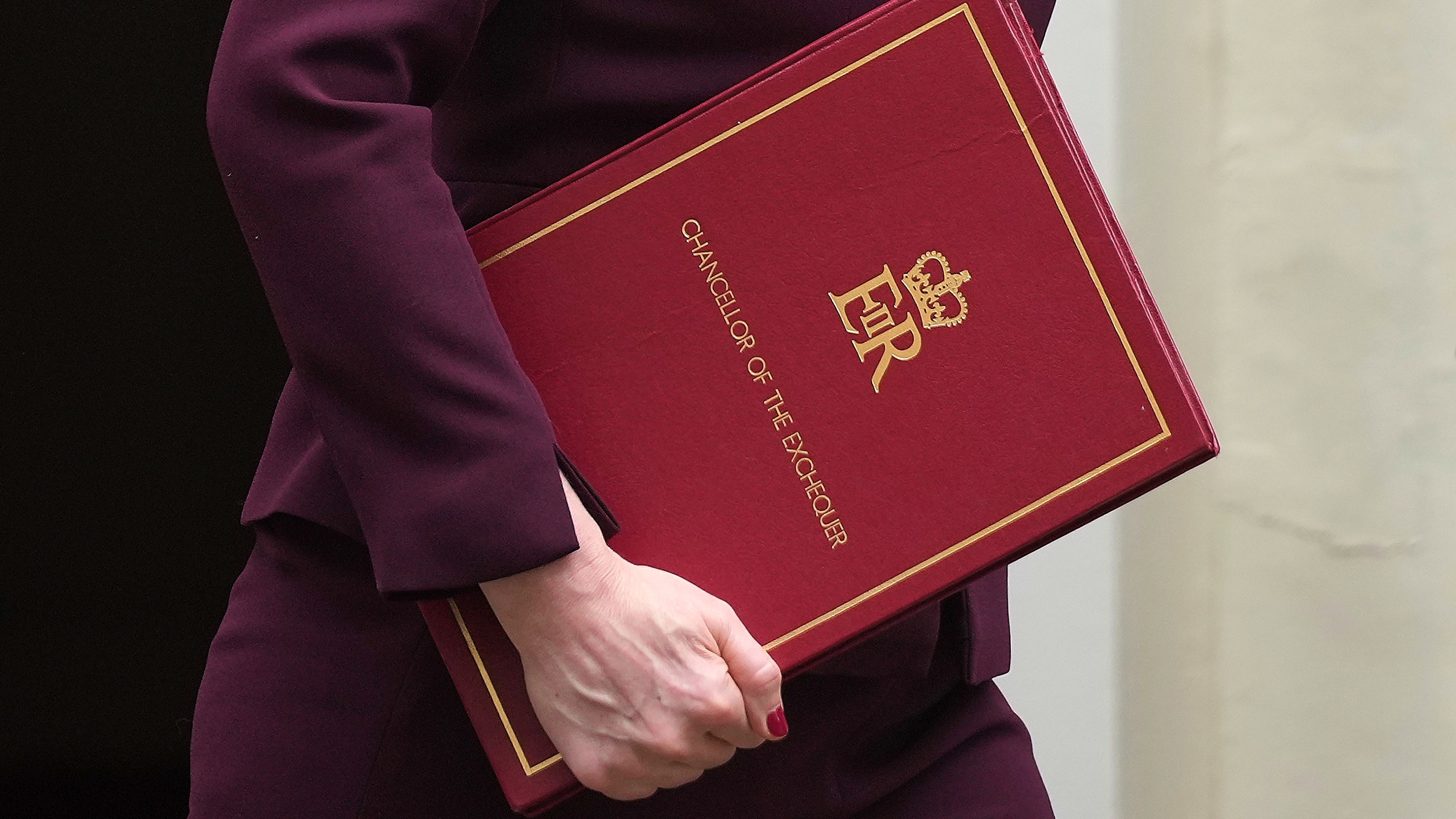This article is part of the Morningstar's Guide to Active vs Passive Investing. Click here for our edit on how the experts use the tools at their fingertips, finding out whether you prefer one to the other and examining how to blend active and passive investing for profit.
Passive investing, using tracker funds or exchange traded funds are a pooled investment fund, where an individual can gain exposure to a particular index or commodity, providing the investor with the same returns as the underlying market. While these tools can never outperform the index that they track they will only ever underperform it by the cost of the investment – which can be as little as 0.2% a year.
This week we will be examining the benefits of these two investment approaches, listening to how the experts use the tools at their fingertips, finding out whether you prefer one to the other and examining how to blend active and passive investing for profit.
ETFs are funds that are traded on a stock exchange like shares. They are a pooled investment fund, where an individual can gain exposure to a particular index or commodity, providing the investor with the same returns as the underlying market. There is an extremely wide range of ETFs available to the investor, who can invest in things as diverse as soy beans, forestry and timber, as well as a FTSE 100 tracker or corporate bond fund ETF.
In 2013, $247.3 billion was invested globally into equity ETPs, the largest inflows ever according to ETP provider iShares. This far outpaced the flows seen in 2008 - the only other year inflows surpassed £200 billion. Even fixed income ETP investment grew – up $27.5 billion globally – while in the UK open-end bond funds recorded outflows for the first time on record.




























